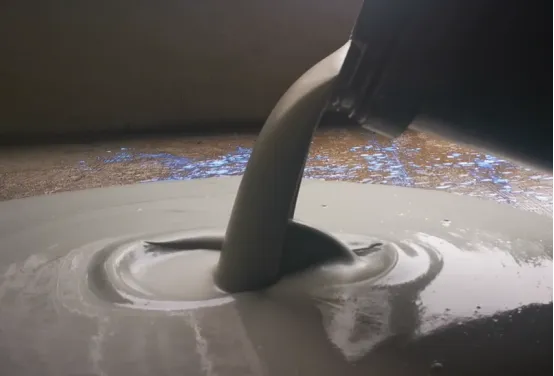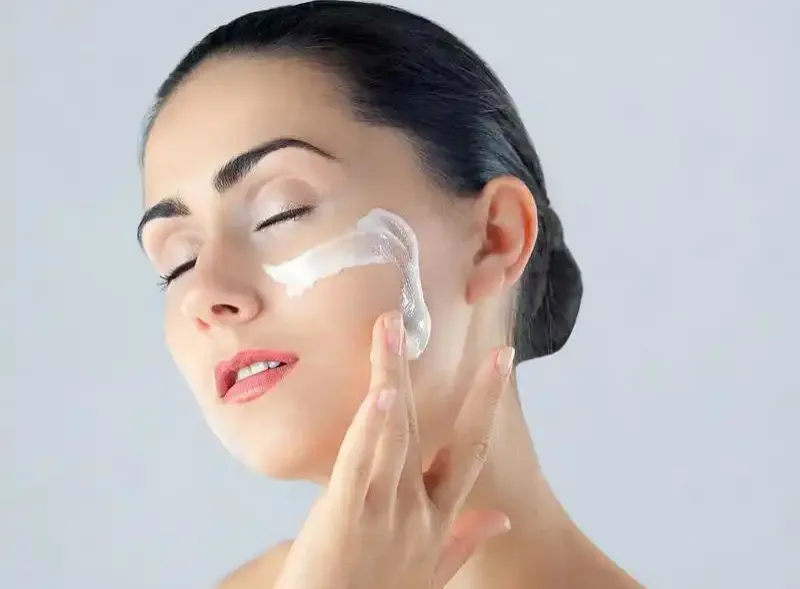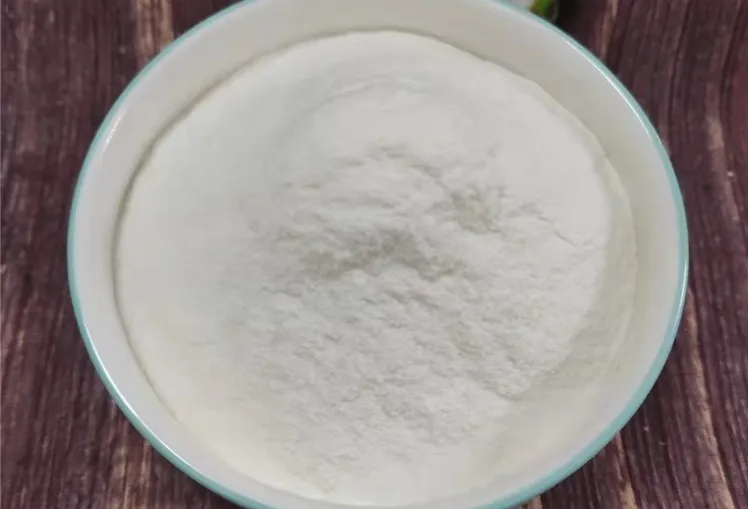
The Rising Role of Modified Starches in Industry and Skincare
Modified starches have become essential ingredients across industries, from construction and pharmaceuticals to cosmetics and food. Among these, hydroxypropyl starch ether and hydroxypropyl starch phosphate are leading the way due to their multifunctional properties and safety profiles.

Functional Starches – More Than Just Food Additives
Hydroxypropyl starch ether is commonly used in construction materials, especially in dry-mix mortars and tile adhesives. It improves water retention, workability, and consistency, making it an ideal thickening and stabilizing agent. In pharmaceutical and food applications, it enhances texture and stability without altering the original flavor or activity of active ingredients.
Another powerful derivative, hydroxypropyl starch phosphate, is used both industrially and cosmetically. In building materials, it performs similar to other ethers but offers enhanced stability under alkaline conditions. Recently, it has gained popularity in personal care as hydroxypropyl starch phosphate for skin, where it serves as a film-former and texture enhancer in creams and lotions. Its mild nature and skin-friendly profile make it suitable for sensitive formulations.
Further diversifying the family of modified starches, hydroxypropyl phosphate functions as a multifunctional emulsifier and stabilizer. It's used in the formulation of emulsions, both for food and cosmetic applications. Its key benefit is its ability to bind water and oil components while maintaining product stability under varying temperatures and pH conditions.

Advanced Applications and Emerging Trends
In the medical and pharmaceutical industries, hydroxyethyl starch 130 0.4 has become a crucial component. This specific formulation refers to a hydroxyethylated starch with a molecular weight of 130 kDa and a substitution ratio of 0.4. It is used primarily as a plasma volume expander during surgeries or in critical care settings. Although its use must be controlled under medical supervision, it has proven valuable in managing blood volume in acute scenarios.
Modified starches also make an appearance in food science under regulatory-approved labels like hydroxypropyl distarch phosphate E1442. This particular variant is widely used as a thickener and stabilizer in canned soups, sauces, and ready meals. Known for its resistance to heat, acid, and shear, E1442 ensures a smooth, consistent texture during both production and reheating.
With consumer demand shifting toward multifunctional, plant-based, and skin-friendly additives, the use of hydroxypropyl starch phosphate for skin is on the rise in personal care products. It helps stabilize emulsions and create a velvety skin feel without clogging pores or causing irritation. These benefits, combined with natural origin and biodegradability, make it a favorite in modern cosmetic formulations.
Across industries, modified starches like hydroxypropyl starch ether, hydroxyethyl starch 130 0.4، و hydroxypropyl phosphate demonstrate how chemical modification can turn a simple plant-derived carbohydrate into a high-performance, multipurpose additive.

Five Product FAQs with Titles
FAQ 1: What is hydroxypropyl starch ether used for?
Hydroxypropyl starch ether is widely used in construction for improving water retention and workability of mortars, in food for stabilizing textures, and in pharmaceuticals for enhancing solubility of active ingredients.
FAQ 2: Is hydroxypropyl starch phosphate safe for use in skincare?
Yes, hydroxypropyl starch phosphate for skin is safe and effective. It forms a smooth film on the skin, enhances the feel of formulations, and is suitable for sensitive or allergy-prone skin types.
FAQ 3: What are the primary benefits of hydroxypropyl distarch phosphate E1442 in food?
Hydroxypropyl distarch phosphate E1442 resists breakdown under heat, acid, and mechanical stress, making it ideal for processed foods that undergo cooking, freezing, or reheating.
FAQ 4: What is hydroxyethyl starch 130 0.4 and how is it used medically?
Hydroxyethyl starch 130 0.4 is a plasma volume expander used to maintain blood pressure and volume in patients undergoing surgery or suffering from blood loss. It must be administered under medical supervision.
FAQ 5: What distinguishes hydroxypropyl phosphate from other modified starches?
Hydroxypropyl phosphate excels in emulsifying and stabilizing formulations, especially under variable pH and temperature. It’s used in both food emulsions and cosmetic creams for its binding and texture-enhancing properties.
-
Hydroxypropyl Starch as a Sustainable Construction AdditiveاخبارNov.24,2025
-
The Gelation Properties of CMCاخبارNov.21,2025
-
Redispersible Latex Powder and Water Retention CapacityاخبارNov.21,2025
-
Dosage Control for Polycarboxylate Water ReducerاخبارNov.21,2025
-
Film-Forming Properties of Polyvinyl AlcoholاخبارNov.21,2025
-
The Function of Gypsum Additives in MortarاخبارNov.21,2025





















